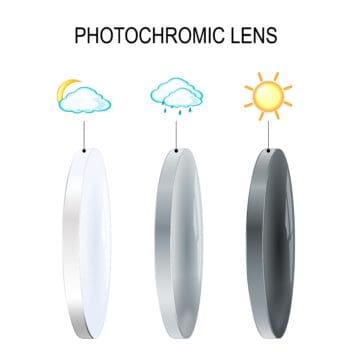Other than replacing the face shield, are there tint films that would work?
I think it would need to be applied to the inside otherwise any exposed film would degrade quickly.
Of course, sunglasses are an even better option, but this is not for me, it's for someone who would rather not spend money on another pair or prescription glasses.
I think it would need to be applied to the inside otherwise any exposed film would degrade quickly.
Of course, sunglasses are an even better option, but this is not for me, it's for someone who would rather not spend money on another pair or prescription glasses.


